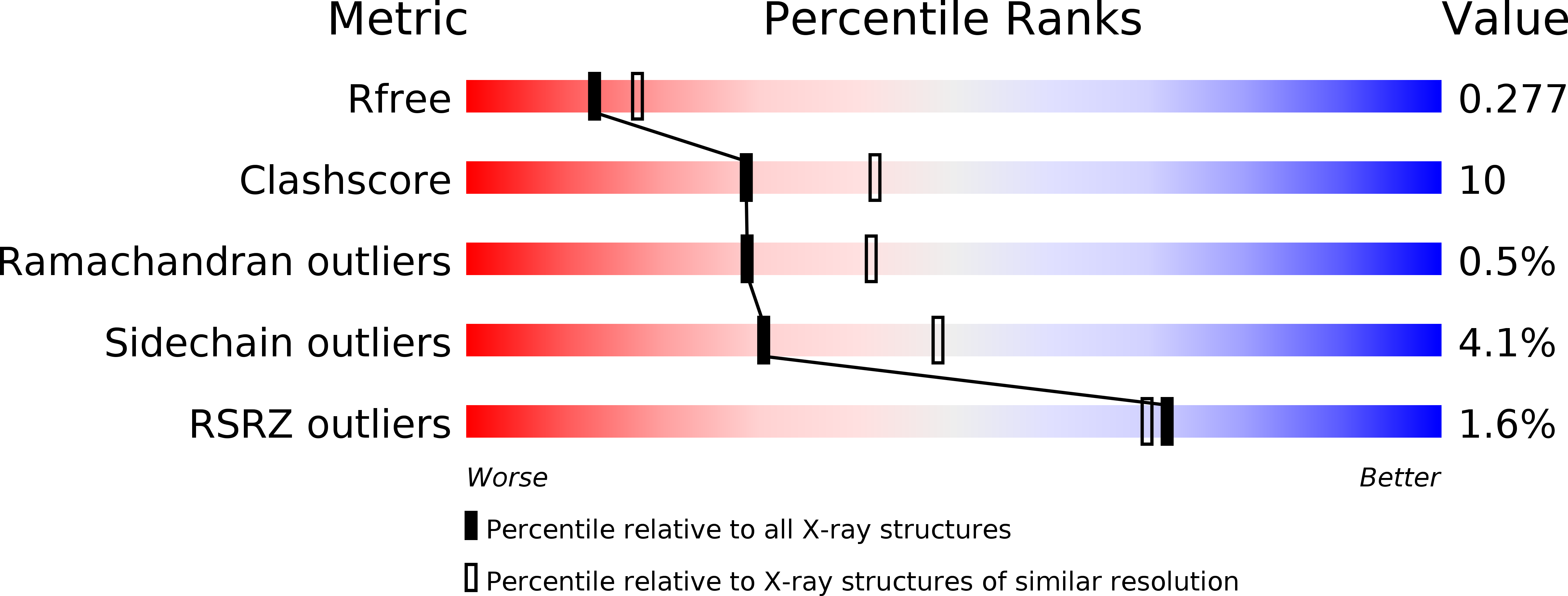
Deposition Date
2003-07-15
Release Date
2004-07-27
Last Version Date
2024-11-06
Entry Detail
PDB ID:
1UI6
Keywords:
Title:
Crystal structure of gamma-butyrolactone receptor (ArpA-like protein)
Biological Source:
Source Organism:
Streptomyces coelicolor (Taxon ID: 100226)
Host Organism:
Method Details:
Experimental Method:
Resolution:
2.40 Å
R-Value Free:
0.28
R-Value Work:
0.22
R-Value Observed:
0.22
Space Group:
P 21 21 21


